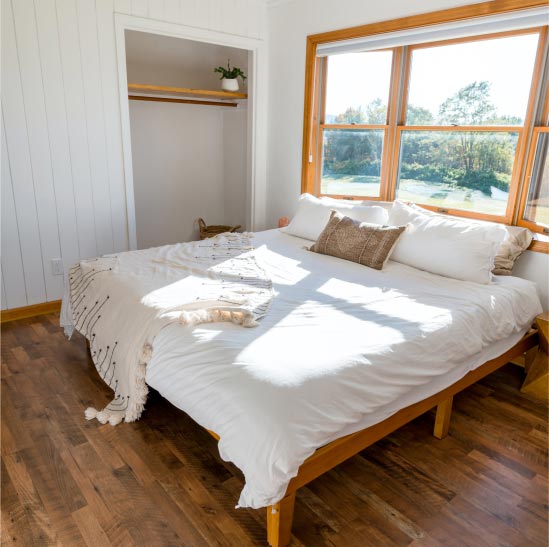How to Build a Sustainable Arcade Game Machines Manufacture Strategy
How to Build a Sustainable Arcade Game Machines Manufacture Strategy
Author
huanggs
Share
Author
huanggs
Share
When I think about building a strong strategy for manufacturing arcade game machines, several factors immediately come to mind. The first is cost. Manufacturing these machines isn’t cheap. I mean, have you seen the budget for prototyping? Often starting at $10,000 per unit! That’s significant, especially when you’re aiming for high volume. But when you compare that to the potential revenue from a popular machine, with earnings easily surpassing $50,000 annually, the investment suddenly feels more manageable.
Next, efficiency is key. Using high-quality, durable parts can significantly increase the lifespan of your machines. A standard joystick, for example, should last for around 1 million movements. If I use components of lesser quality, I’m risking higher maintenance costs down the line, and nobody wants to deal with constant repairs or complaints from clients. I always prefer to source parts from reputable suppliers even if the initial costs are higher. It pays off in the long run.
One company that’s set a benchmark in this industry is Sega. I remember reading how they integrated energy-efficient components into their machines, reducing power consumption by up to 30%. This is a brilliant move not just for the environment but for reducing operational costs. Lower electricity bills can mean more money reinvested into the business. Speaking of energy, did you know that the average power consumption of a standard arcade machine ranges between 200 to 600 watts? It’s something to always bear in mind when considering sustainability.
Then there’s the concept of Arcade Game Machines manufacture. Think about it, integrating eco-friendly materials can significantly reduce environmental impact. I once read about a company that managed to reduce plastic usage by 40% by switching to recycled materials. This not only helps the environment but also appeals to a growing segment of eco-conscious consumers. Today’s market isn’t just about how fun a game is. It’s also about how responsible the product is.
What about production cycles? Here’s something that’s often overlooked but crucial. To maintain a steady supply without overburdening storage or finances, I like to work within three-month cycles. It’s short enough to remain adaptable to market changes yet long enough to negotiate better bulk prices for materials. Inadequate planning can lead to overproduction or stock shortages, both of which can negatively impact my bottom line.
Supply chain stability is another critical aspect. I remember the chip shortage that hit the tech industry in 2020. It wreaks havoc on manufacturing schedules and costs. To mitigate such risks, diversifying suppliers and maintaining a mix of local and international partners has been beneficial. For instance, sourcing spare parts locally can cut down shipping times by weeks, and that means less waiting and more products rolling out.
Thinking about the end-user, retrofitting old machines with new technology can be a fantastic sustainable approach. Rather than building entirely new units, upgrading the software, enhancing displays, or adding new features to existing cabinets can save up to 50% in manufacturing costs. Classic machines like Pac-Man or Space Invaders have such lasting appeal that their updated versions often become instant hits.
Considering labor, too, plays a significant role. Skilled labor costs more, but the trade-off is often quality workmanship and lower error rates. For example, in my own experience, hiring technicians with years of experience in electronics assembly means fewer defects and returns. The initial higher salary costs are usually offset by the savings in reworks and warranty claims.
Regulatory compliance also needs a mention. The arcade industry has specific standards and regulations that vary by country. Meeting these requirements not only ensures the machines are safe and reliable but also avoids costly legal complications. Remember the incident in 2019 when several machines were recalled because they didn’t meet the updated electrical safety standards? That’s the kind of headache I aim to avoid by staying ahead of regulatory changes.
An often underestimated aspect is user feedback. Engaging with players and operators for their input can provide invaluable insights. Just a few months ago, a survey revealed that 70% of arcade visitors preferred machines with interactive displays and touch features. Incorporating such feedback into new designs can make them more appealing and increase their time on the floor, directly boosting revenue.
On the technical side, utilizing modular designs can be a game-changer. These allow for easier maintenance and upgrades. For example, a machine with a modular motherboard can be updated with new games or features without needing a complete overhaul, saving both time and money. Efficiency in production and maintenance is just as important as creativity in design.
Have you considered marketing and branding? A compelling story behind the machines can create an emotional connection with the audience. Think of how Nintendo leverages its history and characters. Their brand loyalty is off the charts because they’ve built a narrative that resonates with generations.
Finally, there’s the importance of staying tech-savvy. Virtual reality, augmented reality – these aren’t just buzzwords. Incorporating cutting-edge technology can not only make a machine stand out but also provide unique gaming experiences that keep people coming back. When VR machines can charge up to 5 times more per play than traditional ones, the investment in technology starts looking really appealing.
So, these are just a few of the considerations I keep in mind while crafting a strategy. Balancing cost, efficiency, sustainability, and innovation isn’t easy, but it’s definitely worth it. By learning from industry giants and leveraging both new technologies and user feedback, we can build a future for arcade machines that’s exciting and sustainable.





